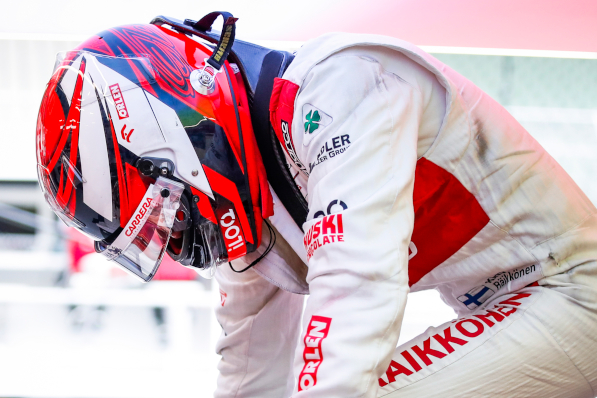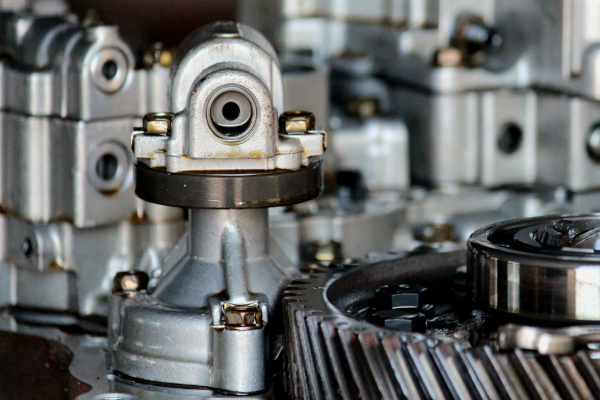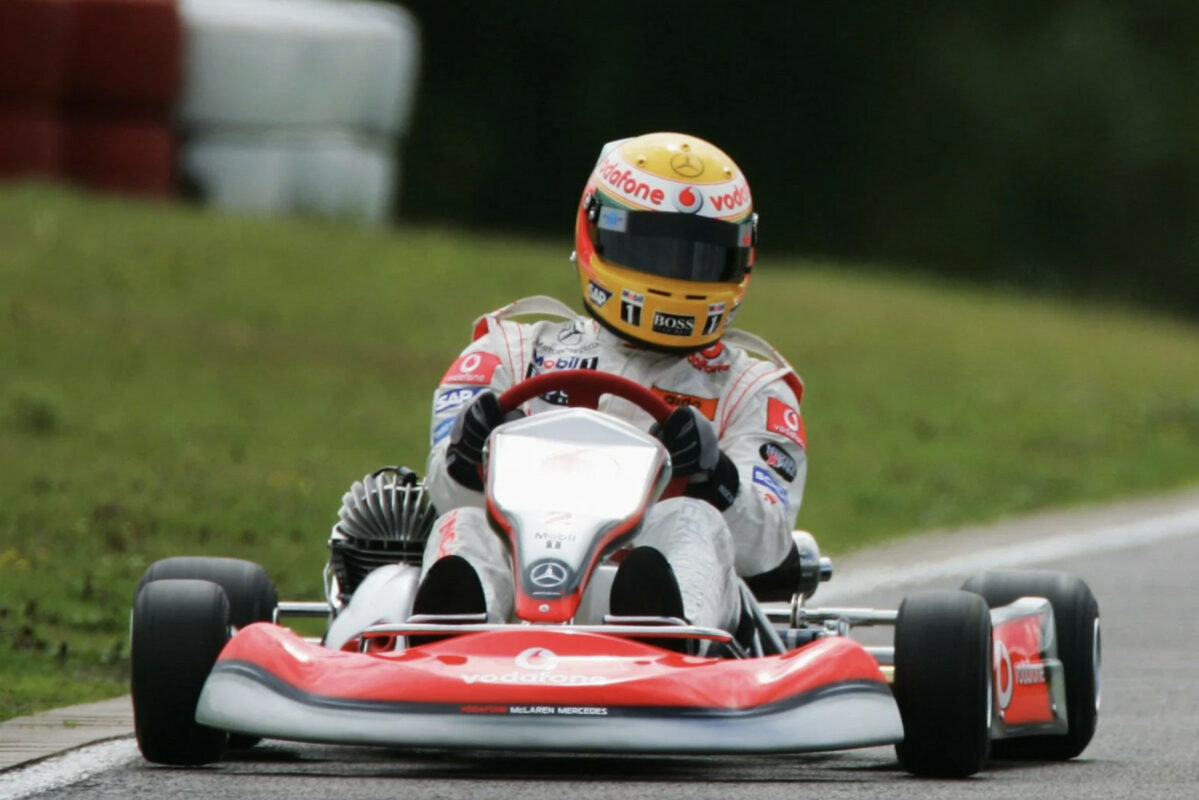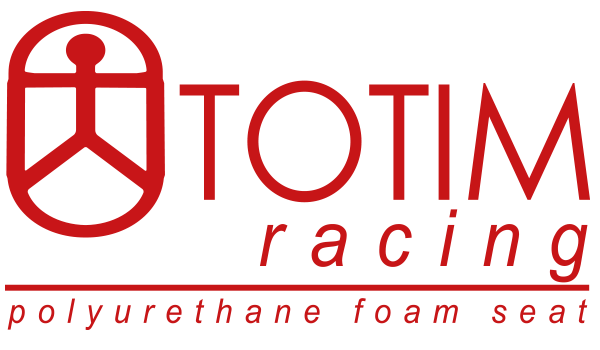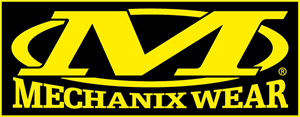What is a HANS Device?
HANS is an acronym for Head and Neck Support and a HANS device is a type of head restraint, used as a safety device in motorsports. Head restraints have been mandatory when competing with most major motorsports sanctioning bodies since 2016. This includes racing, sprints, hill climbs and stage rallies. HANS Devices reduce the likelihood of head or neck injuries, including the often-fatal basilar skull fracture, in the event of a crash. There are many such devices on the market today, but the HANS is the original and the most common.
How does a HANS Device fit?
Primarily made of carbon fibre reinforced polymer, the HANS device is shaped like a “U”, with the back of the “U” set behind the nape of the neck and the two arms lying flat along the top of the chest over the pectoral muscles. The device, in general, is supported by the shoulders. It is attached only to the helmet, not to the belts, the driver’s body, or the seat; the helmet is attached to the device with the help of an anchor on each side, placed slightly back. In a properly installed 5- or 6-point racing harness, the belts that cross the driver’s upper body pass directly over the HANS device on the driver’s shoulders and buckle at the centre of the driver’s abdomen. Therefore, the HANS device is secured by the body of the driver, not the seat.
What protection does a HANS Device offer?
The purpose of the HANS device is to keep the head from whipping in a crash, preventing excessive rotational movement as a secondary protection, without otherwise restricting movement of the neck. In other words, it allows the wearer’s head to move normally, but prevents or restricts head movements during a crash that would exceed the normal articulation range of the musculoskeletal system and cause severe injury. In any kind of crash, the person’s body, which is not protected, is decelerated by the seat belt, with the head maintaining velocity until it is decelerated by the neck. The HANS device maintains the relative position of the head to the body, in addition to transferring energy to the much stronger chest, torso, shoulder, seat belts, and seat as the head is decelerated.
Are there different types of HANS Device?
Yes, with the most popular type of head restraint coming with either a 20-degree angle or a 30-degree angle.
The 20-degree angle is used in closed cockpit applications and vehicles in which the seat is in a relatively upright position, for example a Caterham.
The 30-degree angle is used in open cockpit vehicles which have a more reclined seat position.
These yoke-style HANS Devices are supplied in either medium or large size, depending on the neck size of the driver.
How do I ensure I have the right size?
Sizing a HANS device is very straightforward as it is based on your neck measurement. If you are between sizes, always go for the larger option as this will allow for your clothing underneath. Simpson Hybrids are sized based on your chest measurement. The harness across your chest should not be too tight. Its function is to keep the restraint correctly positioned over your shoulders.
What materials are HANS devices manufactured from?
Entry level devices tend to be made from composite, honeycombed thermoplastic or injected resin, whilst the more premium products are lighter, stronger and more comfortable carbon fibre.
Are there alternatives to the yoke-style HANS Devices?
Yes, there is the option of a harness system that is known as a Simpson Hybrid. This system has the advantage of utilising additional helmet tethers which provide a degree of lateral protection in addition to the fore and aft protection and is not angle-specific, offering more comfort and mobility for some drivers.





